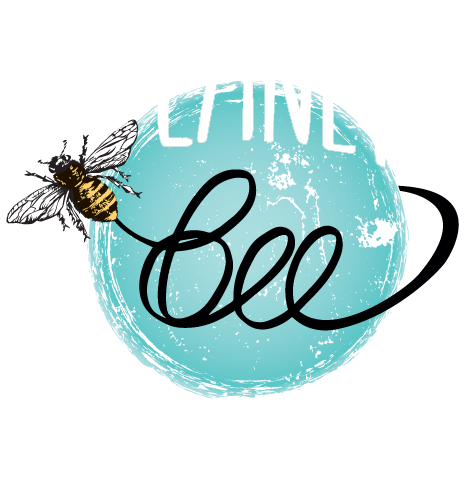
Evolution of Beehives: A Journey Through Time
Beekeeping, an ancient practice dating back thousands of years, has seen remarkable developments in the design and construction of beehives. These structures, essential for housing honeybees and harvesting their honey, have evolved significantly across different cultures and periods of history. Let's take a fascinating journey through the various types of beehives that have shaped the story of beekeeping.

Ancient Beginnings: Skeps and Log Hives
The earliest evidence of human interaction with honeybees dates back to ancient Egypt and Mesopotamia, where clay pots were used to trap and harvest honey. However, the first structured beehives emerged later in ancient Greece and Rome in the form of skeps. Skeps were typically made from coiled straw or wicker, resembling a domed basket with an entrance for the bees. These simple yet effective structures allowed beekeepers to manage colonies and extract honey, although their design lacked the ease of modern hive inspection.
In Northern Europe, log hives were prevalent during the medieval period. These hives were hollowed-out logs with a small entrance hole, providing natural insulation and protection for bees in harsh climates. Log hives remained popular for centuries due to their durability and suitability for cold weather conditions.
The Birth of Modern Beekeeping: Langstroth and the Moveable Frame Hive

The 19th century witnessed a revolution in beekeeping with the introduction of the Langstroth hive by Reverend Lorenzo L. Langstroth in 1851. This hive design incorporated movable wooden frames that could be easily removed for hive inspections and honey extraction. Langstroth's innovation was based on his discovery of the "bee space," a precise gap that bees would not fill with comb, allowing frames to be removed without damaging the hive structure. The Langstroth hive quickly became the standard for modern beekeeping worldwide, revolutionizing bee management and honey production.

Variations and Innovations
Throughout the 20th and 21st centuries, beekeepers have continued to innovate on hive designs to improve efficiency and bee health. Top-bar hives and Warre hives are examples of alternative hive styles that emphasize simplicity and natural beekeeping practices. Top-bar hives use bars instead of frames, allowing bees to build comb more freely, while Warre hives resemble smaller, stacked versions of traditional skeps, promoting natural bee behavior.

In recent years, there has also been a resurgence of interest in sustainable beekeeping practices, leading to the development of horizontal hives and permaculture designs that integrate beekeeping with organic gardening and environmental conservation efforts.
Preserving Tradition, Embracing Innovation
The evolution of beehives reflects both cultural traditions and technological advancements throughout history. From ancient skeps and log hives to modern Langstroth and alternative designs, each type of beehive tells a story of human ingenuity and our enduring relationship with honeybees. As beekeepers today strive to balance tradition with innovation and sustainability, the future of beekeeping promises to build upon this rich legacy, ensuring the vital role of bees in agriculture and ecosystem health for generations to come.
In exploring the diverse forms of beehives throughout the ages, we gain a deeper appreciation for the intersection of nature, culture, and technology in the timeless practice of beekeeping.
Corporate Bee Hive Program
Whether you're looking to strengthen workplace culture through corporate team building, reach philanthropic goals, or expand social responsibility initiatives, we've got you covered! This corporate team-building program not only supports the green directives of companies while bolstering teams but also creates widespread awareness of honey bees and native bee's importance while engaging in the conservation of these vital pollinators.



Comentários